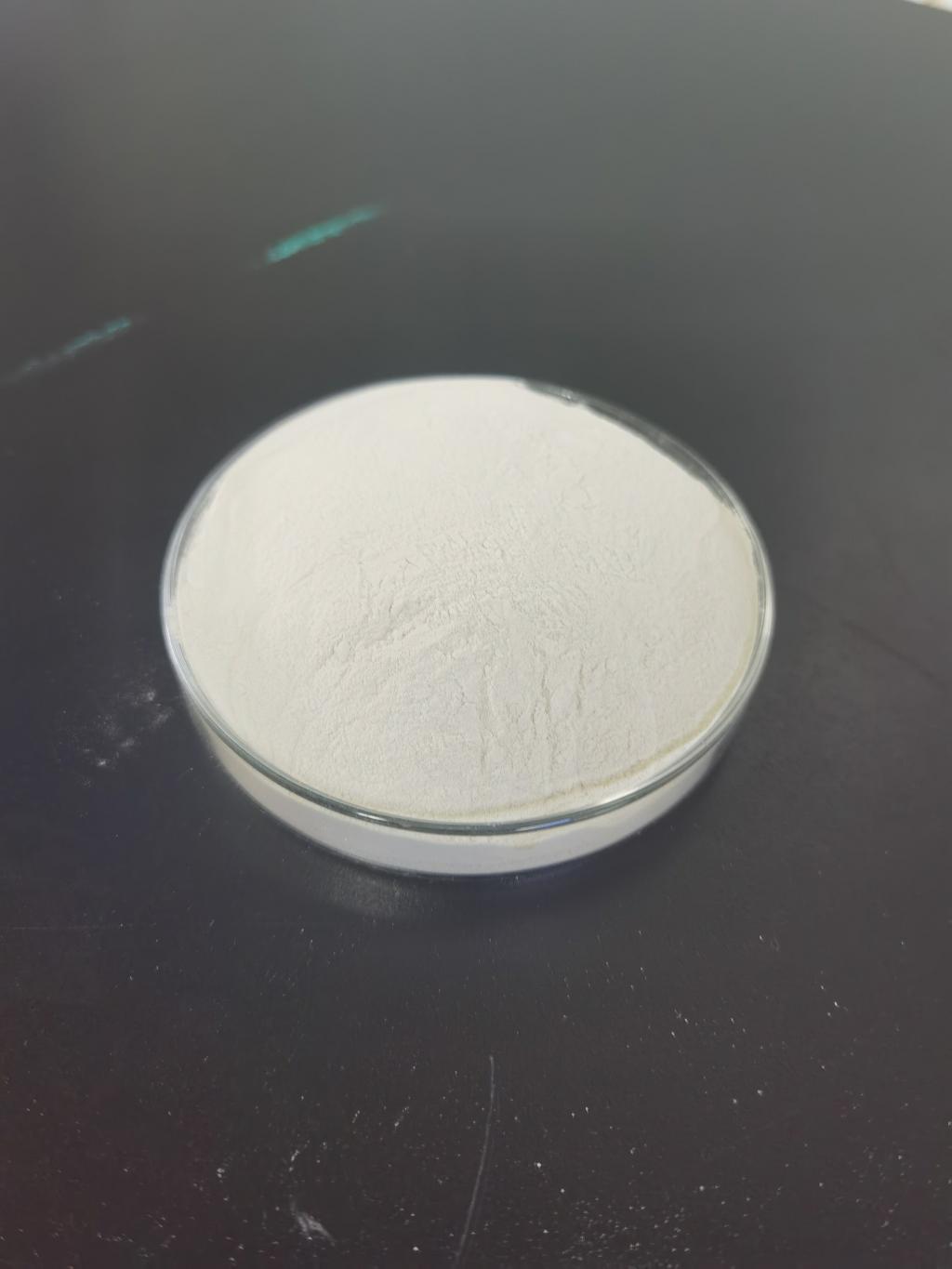Tel:+8618231198596

News
 CONTACT
CONTACT
 CONTACT
CONTACT
- Linkman:Linda Yao
- Tel: +8618231198596
- Email:linda.yao@dcpharma.cn
- Linkman:CHARLES.WANG
- Department:Overseas
- Tel: 0086 0311-85537378 0086 0311-85539701
News
Current Position:
Home >
News
>Bio-Preservatives Revolution: Nisin's Impact on Food Industry Practices
Bio-Preservatives Revolution: Nisin's Impact on Food Industry Practices
TIME:2023-12-08
Origins and Discovery: Unveiling Nisin's Potential
The story of nisin begins with its discovery in the early 20th century by British scientist Arthur Fernley Fox. As a natural byproduct of certain strains of lactic acid bacteria, particularly Lactococcus lactis, nisin served as a defense mechanism against competing microorganisms. Fox's groundbreaking work unveiled the inhibitory substance, leading to the identification and naming of nisin. This initial discovery laid the foundation for the subsequent exploration of its potential applications in the food industry.
Mechanisms of Action: The Molecular Arsenal of Nisin
Understanding nisin's impact requires a glimpse into its molecular arsenal. Nisin's mode of action centers around its interaction with bacterial cell membranes, specifically targeting Gram-positive bacteria. By binding to lipid II, a critical precursor in cell wall synthesis, nisin disrupts the bacterial cell membrane, causing cell death. The precision of this mechanism makes nisin an effective preservative while preserving the beneficial microbiota in certain foods.
Applications Across the Spectrum: Nisin's Versatility Unleashed
The versatility of nisin in food preservation is a testament to its broad spectrum of applications. From dairy products to meat, poultry, and processed foods, nisin has found its way into diverse food matrices.
Dairy Products: In the realm of dairy, nisin has become a stalwart guardian, extending the shelf life of cheeses, yogurts, and other dairy delights. Its ability to combat spoilage and pathogenic bacteria has not only improved product safety but has also contributed to reducing food waste.
Meat and Poultry: The meat and poultry industry has embraced nisin as a natural solution to combat bacterial threats such as Listeria and Staphylococcus aureus. By ensuring the safety and longevity of these perishable items, nisin has become a game-changer in meat preservation practices.
Processed Foods: The fast-paced world of processed foods has also witnessed the integration of nisin. From ready-to-eat meals to canned goods, nisin's antimicrobial prowess has been harnessed to maintain the freshness and safety of a myriad of processed products.
Safety Considerations: Nisin as a Trusted Guardian
As with any food preservative, safety is paramount. Nisin has garnered widespread acceptance and recognition as a safe preservative, earning the Generally Recognized as Safe (GRAS) status from regulatory bodies such as the U.S. Food and Drug Administration (FDA) and the European Food Safety Authority (EFSA). Rigorous testing and research have established the safety parameters within which nisin can be employed, ensuring consumer confidence in its usage.
Challenges and Innovations: Navigating the Complexities
Despite its remarkable attributes, nisin faces challenges in certain food matrices and under specific conditions. Researchers and food technologists are actively engaged in innovative approaches to overcome these challenges and unlock the full potential of nisin.
Synergistic Approaches: One strategy involves combining nisin with other natural antimicrobial agents, creating synergistic effects that enhance overall efficacy. This not only boosts antimicrobial activity but also allows for the use of lower concentrations, mitigating any potential impact on the sensory qualities of the food.
Encapsulation Technologies: The advent of encapsulation technologies has opened new avenues for optimizing nisin's use. By encapsulating the peptide in protective matrices, researchers can enhance its stability and control its release over time. This innovation broadens the scope of incorporating nisin into an even wider array of food products.
Future Prospects: Nisin in the Era of Sustainability
As the global food industry grapples with the challenges of sustainability and environmental impact, the role of nisin gains even more significance. Its natural origin, coupled with the ability to reduce food waste by extending shelf life, aligns seamlessly with the objectives of creating sustainable and eco-friendly food systems. Nisin stands poised to be a cornerstone in the ongoing revolution towards more responsible and sustainable food practices.
Conclusion: Nisin's Enduring Impact
In conclusion, nisin has ushered in a bio-preservatives revolution, redefining food industry practices. From its humble origins to its pivotal role in preserving an extensive range of food products, nisin has demonstrated its efficacy and safety. As researchers continue to innovate and address challenges, the full potential of nisin in shaping the future of food preservation is yet to be fully realized. In a world where the demand for natural, safe, and sustainable food options is on the rise, nisin stands tall as a natural guardian of food integrity, leaving an indelible mark on the ever-evolving story of food preservation.
- Tel:+8618231198596
- Whatsapp:18231198596
- Chat With Skype







